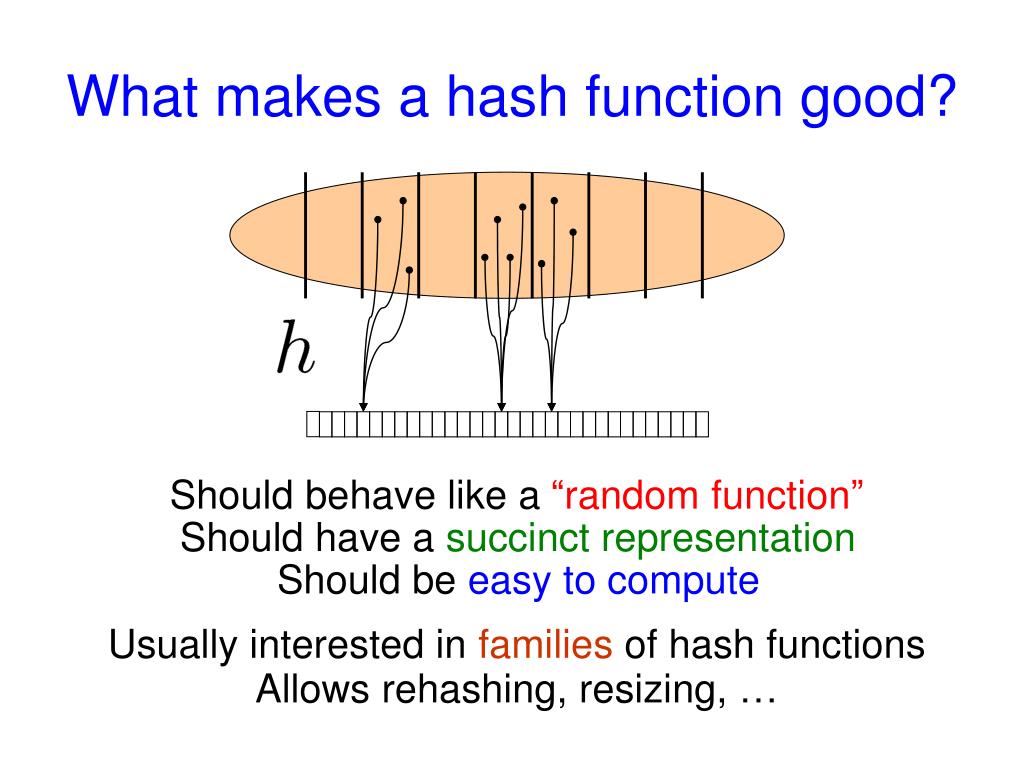When it comes to cryptography, hash functions play a pivotal role akin to the unsung heroes of the digital world. Think of a hash function as a meticulous librarian, adept at indexing every book on an expansive shelf while ensuring that any stolen tome remains undiscoverable. For digital security and data integrity, a hash function must embody certain characteristics that render it effective, reliable, and formidable against adversaries. This exploration delves into the cornerstone attributes that elevate a hash function from mediocrity to excellence.
First and foremost, a hash function must exhibit determinism. This fundamental attribute ensures that for a given input, the output will always yield the same hash value. Much like a precise recipe that yields identical results, regardless of the occasion, this consistency is critical in verifying data integrity. Should any alterations occur within the input, even a trivial modification—such as a single character in a vast manuscript—the output hash diverges dramatically. It produces what is known as the avalanche effect, forging entirely different fingerprints for seemingly similar inputs.
The second requisite quality is efficiency. In the fast-paced world of computing, speed is of the essence. A hash function must facilitate rapid computation to keep up with the overwhelming stream of data traffic. In this context, imagine a race car engine designed for optimum performance; it must not only be powerful but also responsive. A good hash function should execute its processes in a timely manner, ensuring that large sets of data can be processed without incurring significant delays.
Next, consider collision resistance. This property ensures that it is computationally infeasible to find two different inputs that produce the same hash output. Picture a sophisticated lock and key mechanism—each key must be unique to its lock, and any attempt to forge identical keys should be thwarted by design. In the cryptographic realm, if two distinct inputs lead to the same hash, the system suffers a catastrophic vulnerability, allowing malicious actors to manipulate data without detection. As such, robust collision resistance fortifies the integrity of security protocols.
The intricacies of pre-image resistance further demonstrate the utility of a well-crafted hash function. This characteristic guarantees that, given a hash value, it is computationally impractical to reconstruct the originating input. Imagine a painter meticulously hides subtle details within a verdant landscape; only with considerable effort might one discern the strokes that comprise the final image. In the digital sphere, such resistance ensures that attackers cannot easily ascertain the original data from its hash, thereby protecting sensitive information and maintaining confidentiality.
Complementing these qualities is the notion of second pre-image resistance. While pre-image resistance guards against reconstructing an input from a hash, second pre-image resistance ensures that given an input and its hash, it remains impracticable to find a different input that collides with the same hash. Visualize a master sculptor during an exhibition. If someone attempts to recreate a particular showcase piece, they cannot simply mimic its essence without deviating entirely. This aspect is crucial for maintaining authenticity within digital systems, reinforcing trust among users.
Moreover, a hash function must possess output randomness. This notion signifies that a high degree of unpredictability accompanies the hash output in relation to the input. If the hash values yield patterns, attackers could exploit vulnerabilities by predicting outputs from known inputs. Consider the analogy of a magician performing a trick—each performance must evoke astonishment, devoid of discernible patterns, lest the audience catch on to the illusion. A good hash function mirrors this inherent mystery, safeguarding against predictive attacks by obscuring connections between input data and its corresponding hash.
Lastly, the secure design of algorithmic structure influences the viability of a hash function. A good hash function is often subjected to rigorous scrutiny through cryptanalysis, ensuring that it withstands various forms of attack. Like the intricate architecture of a castle designed to ward off invaders, the underlying algorithm must be resilient and systematically robust, demonstrating adaptability against evolving threat landscapes.
In conclusion, the essence of a ‘good’ hash function rests upon a confluence of attributes—determinism, efficiency, collision resistance, pre-image and second pre-image resistance, output randomness, and secure design. These properties intertwine harmoniously to form the bedrock of secure cryptographic practices. As technology progresses, the landscape of digital threats will evolve, underscoring the necessity for hash functions to remain vigilant and adaptive. With the stakes at hand being the sanctity of information in our increasingly digital society, nurturing and refining the art of hash functions is paramount.







Leave a Comment